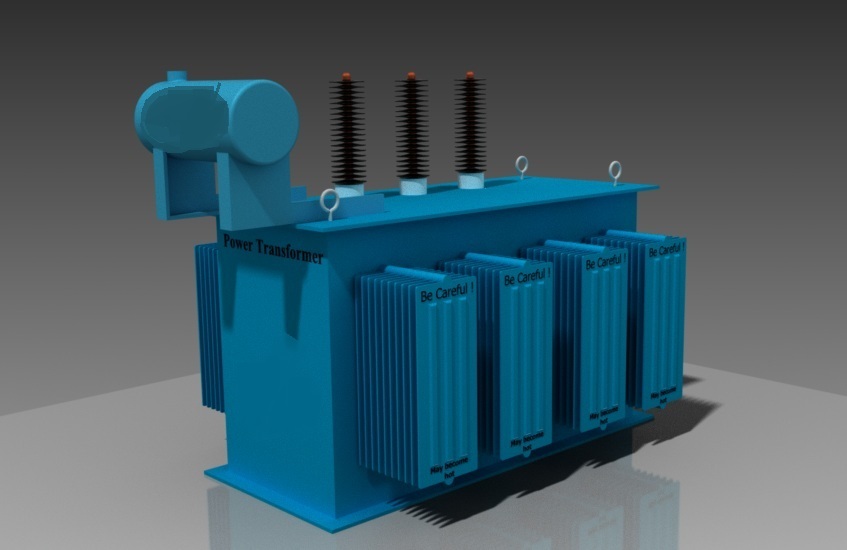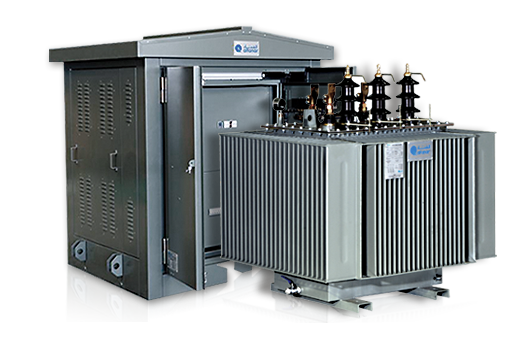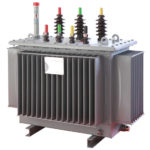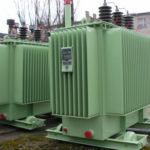About Us
M/s C and I Calibrations Pvt. Ltd, is a NABL Accredited Calibration and Testing Laboratory. The prime aim of this unit is to provide solution in managing calibration and Testing looking to the needs of the various industries in this region govt. organizations and private sectors.
CICPL JAIPUR OFFICE
- J-448, Sitapura Industrial Area, Jaipur-302022 (Raj.) India
- +918003095304 / 91-8003095302
- infocicpl@gmail.com
- Mon - Sat: 9:00 am - 6:00 pm
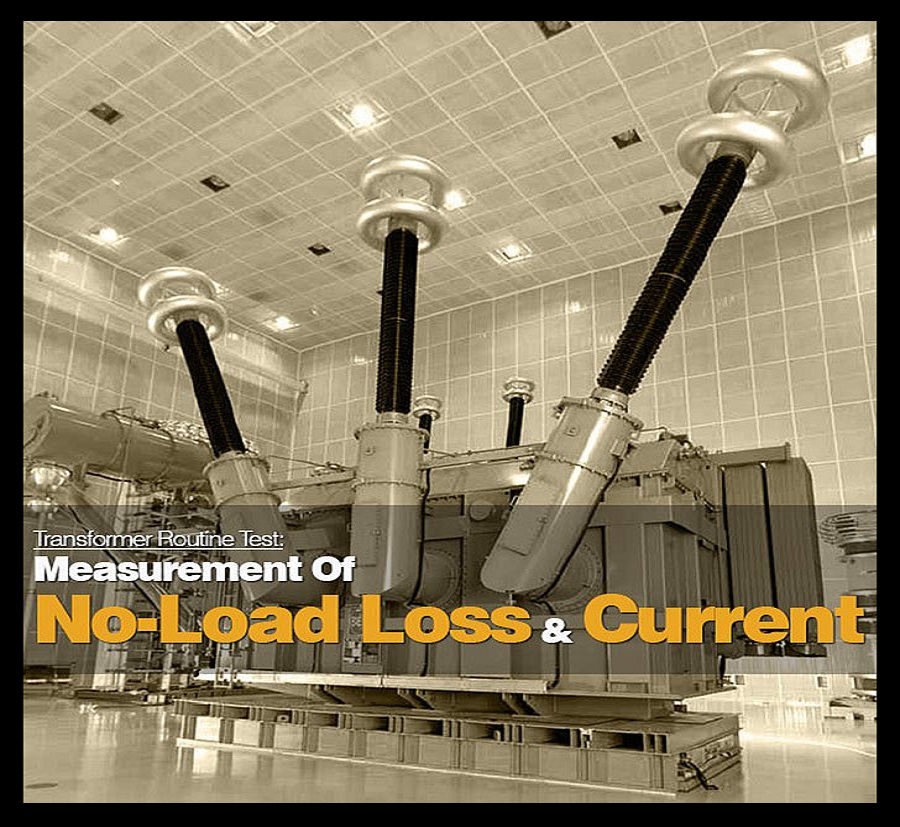
Measurement of No-Load Loss & Current :-
The iron losses and no-load current are measured in this test. The 433 V winding is charged at 433 V supply & the 11 KV winding is left open. The Power consumed by the transformer at no load is the no load loss in the transformer.
Effect of actual frequency must be taken into account.
The no-load losses are very much related to the operational performance of a transformer. As long as the transformer is operated, these losses occur. For this reason, no load losses are very important for operational economy. No-load losses are also used in the heating test.
The no-load loss and current measurements of a transformer are made while one of the windings (usually the HV winding) is kept open and the other winding is supplied at the rated voltage and frequency.
Transformer Routine Test – Measurement Of No-Load Loss And Current (on photo: Power transformer – BEST)
During this test the no-load current (Io) and the no-load losses (Po) are measured.
The measured losses depend heavily on the applied voltage waveform and frequency. For this reason, the waveform of the voltage should be very sinusoidal and at rated frequency.
Normally, the measurements are made while the supply voltage is increased at equal intervals from 90% to 115% of the transformer rated voltage (Un) and this way the values at the rated voltage can also be found.
No-load losses and currents-
The no-load losses of a transformer are grouped in three main topics:
- Iron losses at the core of the transformer,
- Dielectric losses at the insulating material and
- The copper losses due to no-load current.
The last two of them are very small in value and can be ignored. So, only the iron losses are considered in determining the no-load losses.
Equipment Used :- Watt Meter or Power Analyzer
Our Power and Distribution Transformer Test Laboratory is NABL Accredited & BIS Recognized Laboratory.
Our lab is well equipped, meeting National/ International Standards and accredited by NABL (National Accreditation Board for Testing & Calibration Laboratories) under Dept. of Science & Technology (DST), Govt. of India, New Delhi.
What Is Included
We have included 4 business. These business are below:
Transformer Testing Laboratory
We have NABL Accredited & BIS Recognized Power & Distribution Transformer Test Lab. Transformer Tests – As per Is: 1180/ IS: 2026. are Routine Test, Type Test, special Test, Other Test, Lightning Impulse Test on Insulator, Bushing, Current Transformer and Potential Transformer.
CI Proficiency Training Provider
The CIPTPL provides dedicated and quality Proficiency Testing Services to its participants. CIPTPL has set up management systems based on ISO/IEC 17043 for this purpose and continually improves upon the effectiveness of the system based on the experience gained in the process.
World Precious Calibration Laboratory
C and I Calibrations Private Limited was established in 1995.C&I is having State of the art NABL Calibration Accredited Laboratories at Kota and Jaipur. We are also having facilities for Mechanical Calibration, Thermal Calibration, Fluid Flow Calibration & Electro-technical calibration.
Building Material Testing Laboratory
C & I Systems is a NABL Accredited Civil Testing Laboratory as per ISO/IEC 17025:2005. Samples are tested here- Soil, Rock, Stone, Water, Steel, Aggregate, Cement, Concrete, CC Cube, Tiles, Brick, Bitumen, Sand, Interlocking Block, Mix Design, Bitumen Mix Design, Chemical and Mechanical Testing Both. etc.
Why Choose This Service
There are no secrets to success. It is the result of preparation, hard work, and learning from failure. So Great things in business are never done by one person. They’re done by a team of people.
Happiness does not come from doing easy work but from the afterglow of satisfaction that comes after the achievement of a difficult task that demanded our best.
“A customer is the most important visitor on our premises. He is not dependent on us. We are dependent on him. He is not an interruption in our work. He is the purpose of it. He is not an outsider in our business. He is part of it. We are not doing him a favor by serving him. He is doing us a favor by giving us an opportunity to do so.”


